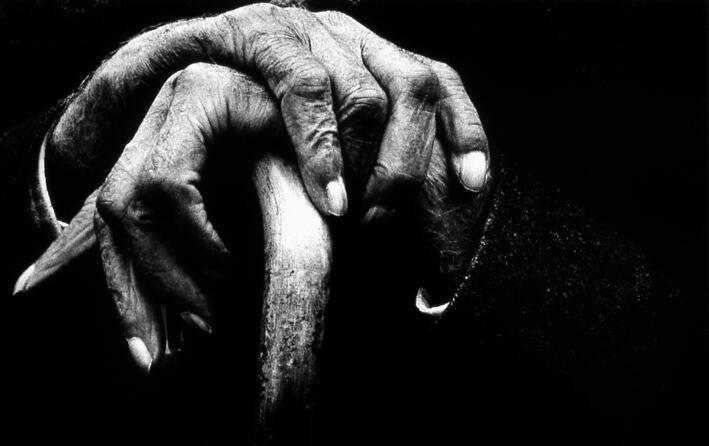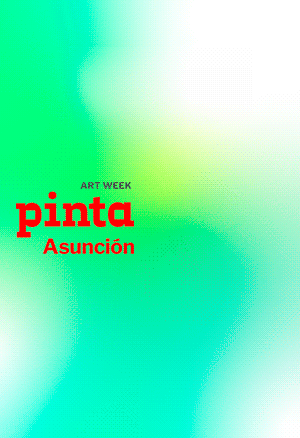Luis Brito
Sala TAC Centro Cultural Trasnocho, Caracas
In 2006, the photographer Antolín Sánchez made a documentary film on the work of Luis Brito (Venezuela, Edo. Sucre, 1945).

Since both of them are photographers and winners of national photography awards, this is a very unusual event in Venezuela revealing admiration for a colleague. At the beginning of the film, Brito remarks: “I am from Río Caribe (a small town in the far northeastern corner of Venezuela). It is a place that revolves around three things: religion, madness, and death.” A categorical and cruel phrase. He does not mention that for centuries, the community has lived off of commercial fishing and the exploitation of the cocoa tree. Or that it is situated on the shore of the Caribbean Sea. However, it is true that Río Caribe is also famous for the number of mentally deranged people that wander along its narrow streets; in fact, the natives are called – humorously – “ riocarilocos” (riocarimadmen).
The mention is important for the foreigner, since even in Venezuela little is known about the remote town that is also endowed with a beautiful landscape combining the exuberance of the mountains and idyllic beaches. But Brito has only paid attention to its people. For the fact is that the name assigned to the inhabitants of this town renders it unnecessary to refer to its environment. He has not commented, either, that as of the late 19th century, the place was flooded with Corsicans who came to export cocoa, which they transported by boat to the island of Trinidad –via Europe. Among the descendants of these Corsicans there have also been thinkers and intellectuals of the stature of Alfredo Boulton and Arturo Uslar Pietri, and other distinguished Venezuelans. Not so much madness, after all.
Analyzing the faces of these people, we finally realize that they are the same faces, lined and weather-beaten, that may be found in any other place in the world, be it Buenos Aires, Barcelona or Mexico, which renders these photographs not only testimonial but also heartrending. We might even say they are “Buñuelesque” photographs – forgotten beings that allude to the darkest and most sordid aspects of any place; also, to the authenticity of individuals that appear before us resigned to their imminent fate.
In his long artistic trajectory – noteworthy for an impeccable command of the craft – Brito has exposed issues as tough as Los desterrados (1976) – which makes reference to the emphasis placed on religion by the humblest people, clinging to mysticism as their only resource, and to this he has incorporated the religious penchant of his native land and of the whole of Latin America. Anare o memorias de crímenes (1978) alludes to those forgotten beings marginalized by society. A ras de tierra (1980) portrays only the feet of the passers-by, which reveal the individuals. In Invertebrados éramos (1982) the wrinkles of the elderly become topographies including furrows and weaves. In Segundo piso, tercera sección (1982), the focus is placed on worn and weathered hands. In his latest stages, he has introduced color. Although it may seem contradictory – which it is not, when one views the images – amidst the colors black stands out, by contrast.
This retrospective exhibition of Brito’s oeuvre includes some of his best works. Nobody will remain indifferent. Brito was born to reveal that which goes unnoticed by others. Or that which we simply refuse to see.





